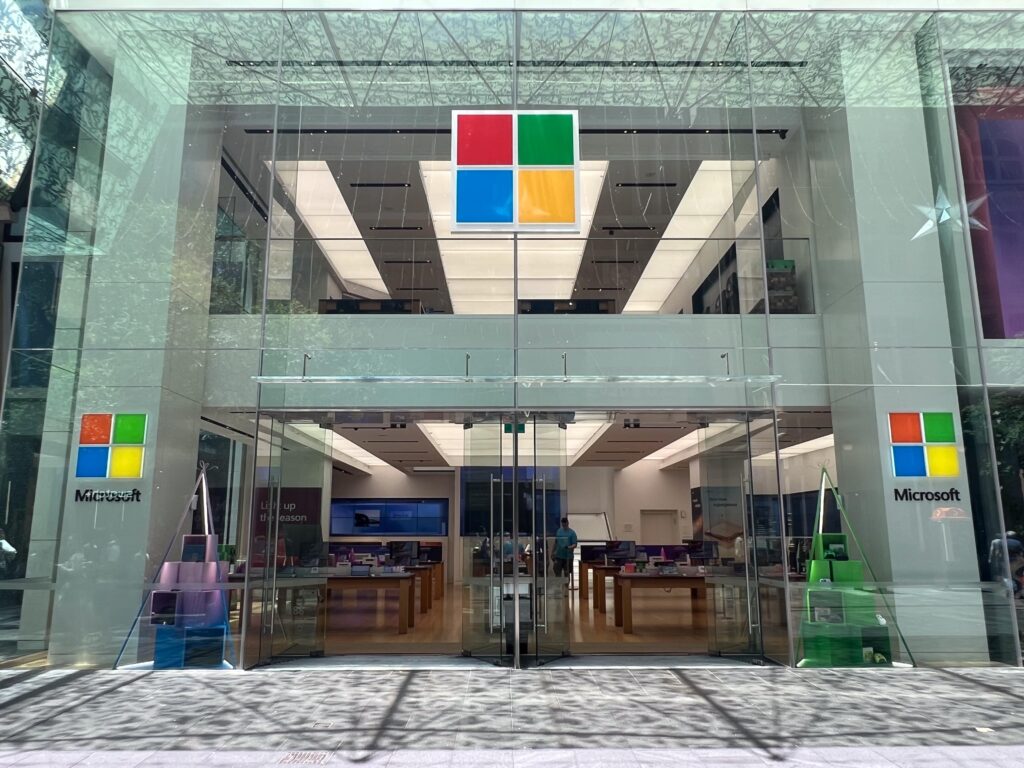A major deadline is fast approaching for computer users around the world. Microsoft will officially end support for Windows 10 on Tuesday, 14 October. After that day, millions of computers will no longer receive security updates, leaving them exposed to online threats. Without these vital protections, hackers and malware could more easily exploit system weaknesses. Microsoft urges users to upgrade to Windows 11 for free, though many older devices won’t meet the technical requirements. Nathan Proctor, senior director at US consumer group PIRG, warns that ending support could hurt both consumers and the environment.
Millions still depend on Windows 10
Windows remains the most widely used operating system globally. Microsoft says it powers over 1.4 billion devices. Data from Statcounter shows that around 43% of those still ran on Windows 10 in July 2025. In the UK, consumer group Which? estimates that 21 million people continue to rely on Windows 10. A September survey revealed that about a quarter of these users plan to keep using it even after official support ends. Roughly one in seven said they would buy a new computer instead.
Consumer organisations have criticised the move, calling it wasteful and costly. “People are tired of short-lived devices that lose support or can’t be repaired,” said Proctor. “We deserve technology that lasts,” he added.
What users need to do before the deadline
Microsoft offers two main options for personal users. They can either upgrade to Windows 11 or register for extended security updates that last another year. Both options can be managed through the “Privacy and Security” section in settings. Users with compatible computers can upgrade to Windows 11 for free. However, many will need to buy new hardware, even if their current PCs still work perfectly well.
For those unable or unwilling to upgrade, Microsoft provides the Extended Security Updates (ESU) programme. It will keep essential security protections in place until October 2026 but won’t include technical support or new features. People in the European Economic Area can access ESU for free by registering. Others can qualify by updating to the latest version of Windows 10, having a Microsoft account, and backing up their settings.
If these requirements aren’t met, users must pay $30 (£22) or use 1,000 Microsoft Rewards points for access. For business users, the cost rises to $61 per device, depending on region.
What will change after October
Since its release in 2015, Windows 10 has received regular updates that improved security, added features, and fixed bugs. Microsoft now wants users to switch to Windows 11, but the newer system has stricter hardware requirements. The company also makes it harder to use Windows 11 without a Microsoft account. Ironically, even extending Windows 10’s life through ESU requires one. Some users have raised privacy concerns about this.
The risk of staying on Windows 10
Once support ends, Windows 10 computers will stop receiving critical updates. That means they’ll become more vulnerable to cyberattacks, viruses, and other online threats. Without new security patches, older systems will lose their main defences against modern malware.
In recent months, cyberattacks have hit major retailers, car manufacturers, and childcare providers. Microsoft’s Chief Marketing Officer, Yusuf Mehdi, warns that companies using unsupported software could face legal and compliance problems. Developers may also stop releasing new versions of their apps for Windows 10, causing compatibility issues.
Millions now face a clear choice. Upgrading ensures continued protection, while staying on Windows 10 means accepting growing risks as the digital world moves on.


